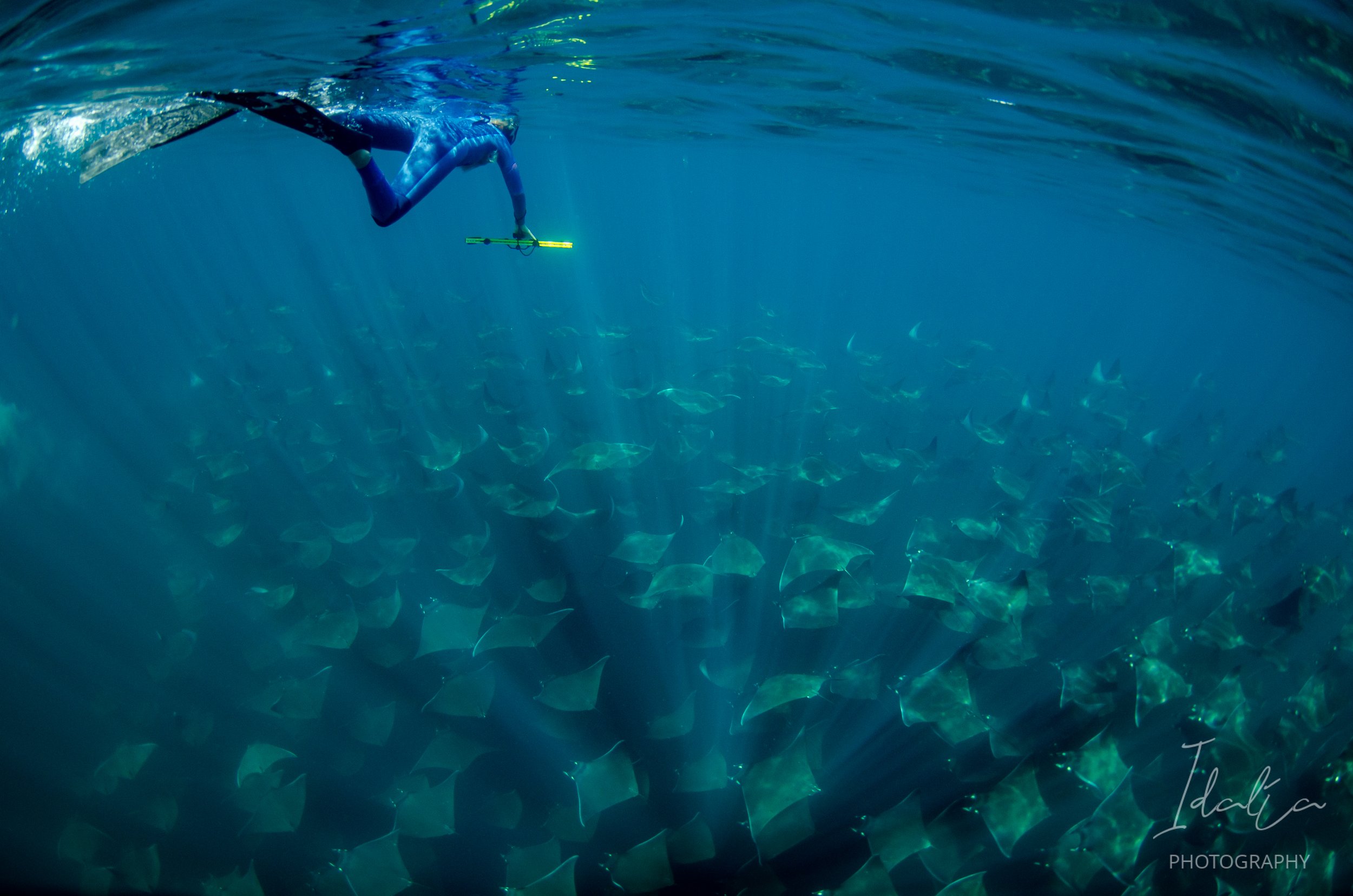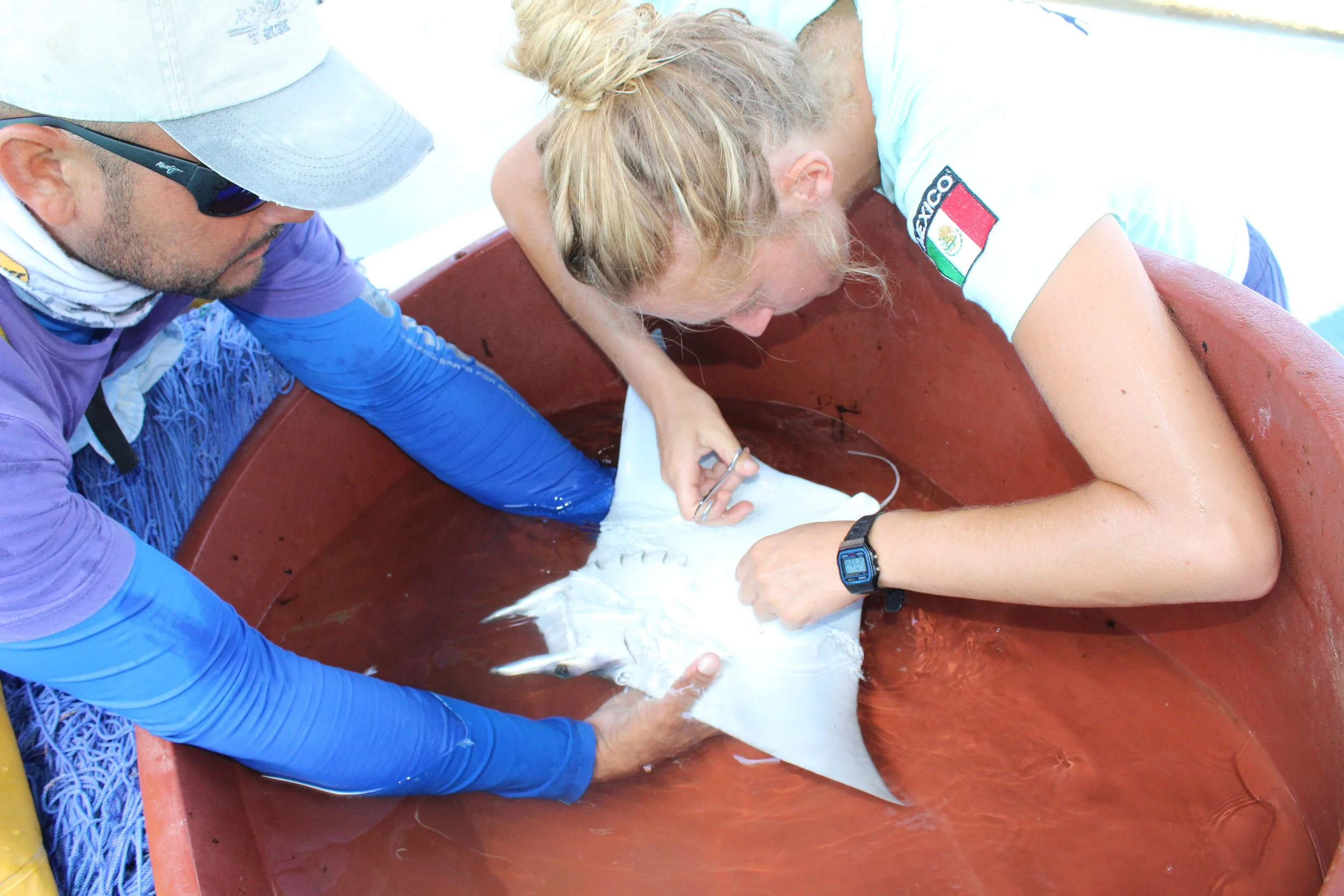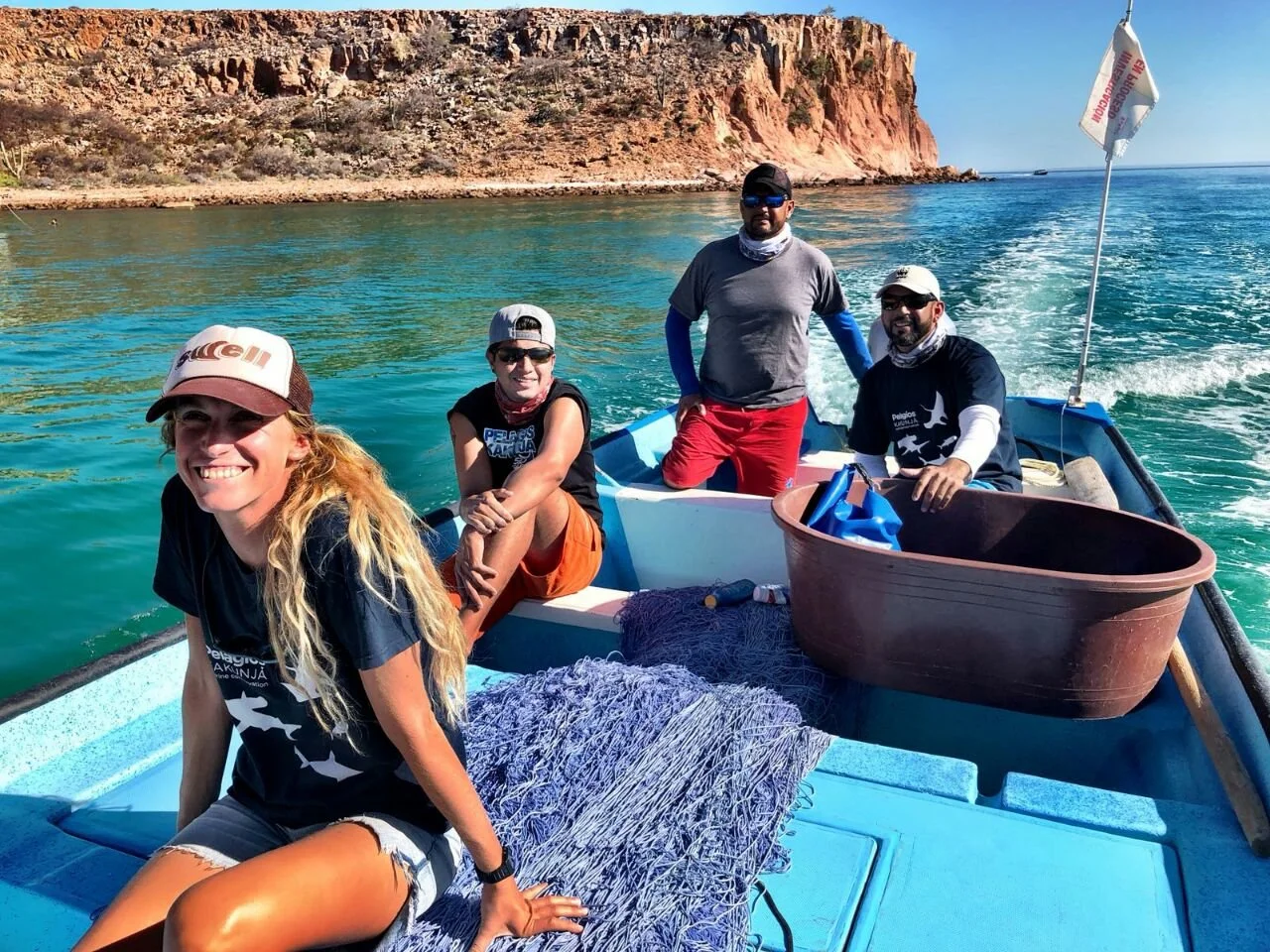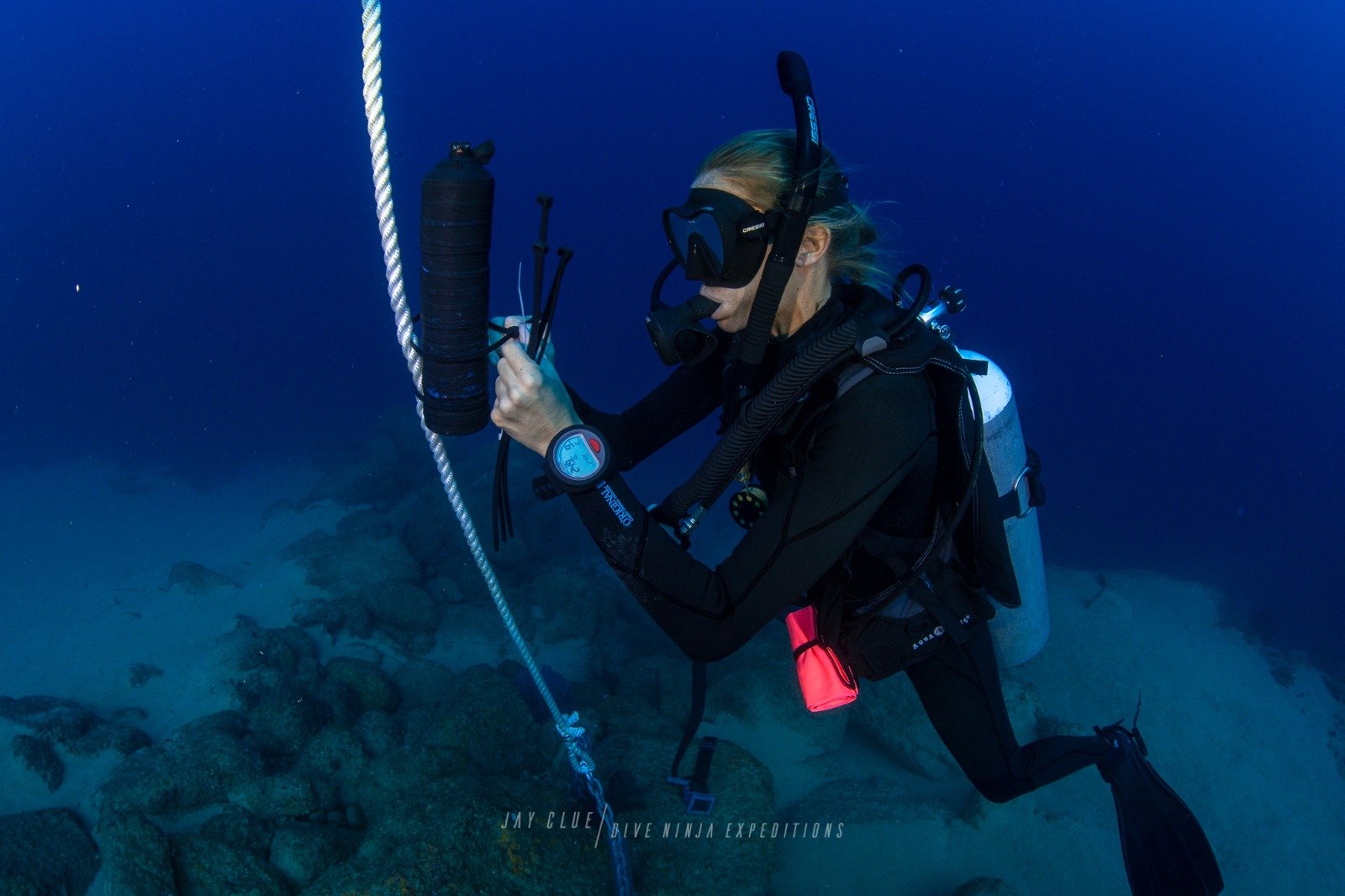Munk’s devil ray ecology and fisheries vulnerability in the Gulf of California and Mexican Pacific
2024
Dr. Marta Laura Díaz Palacios
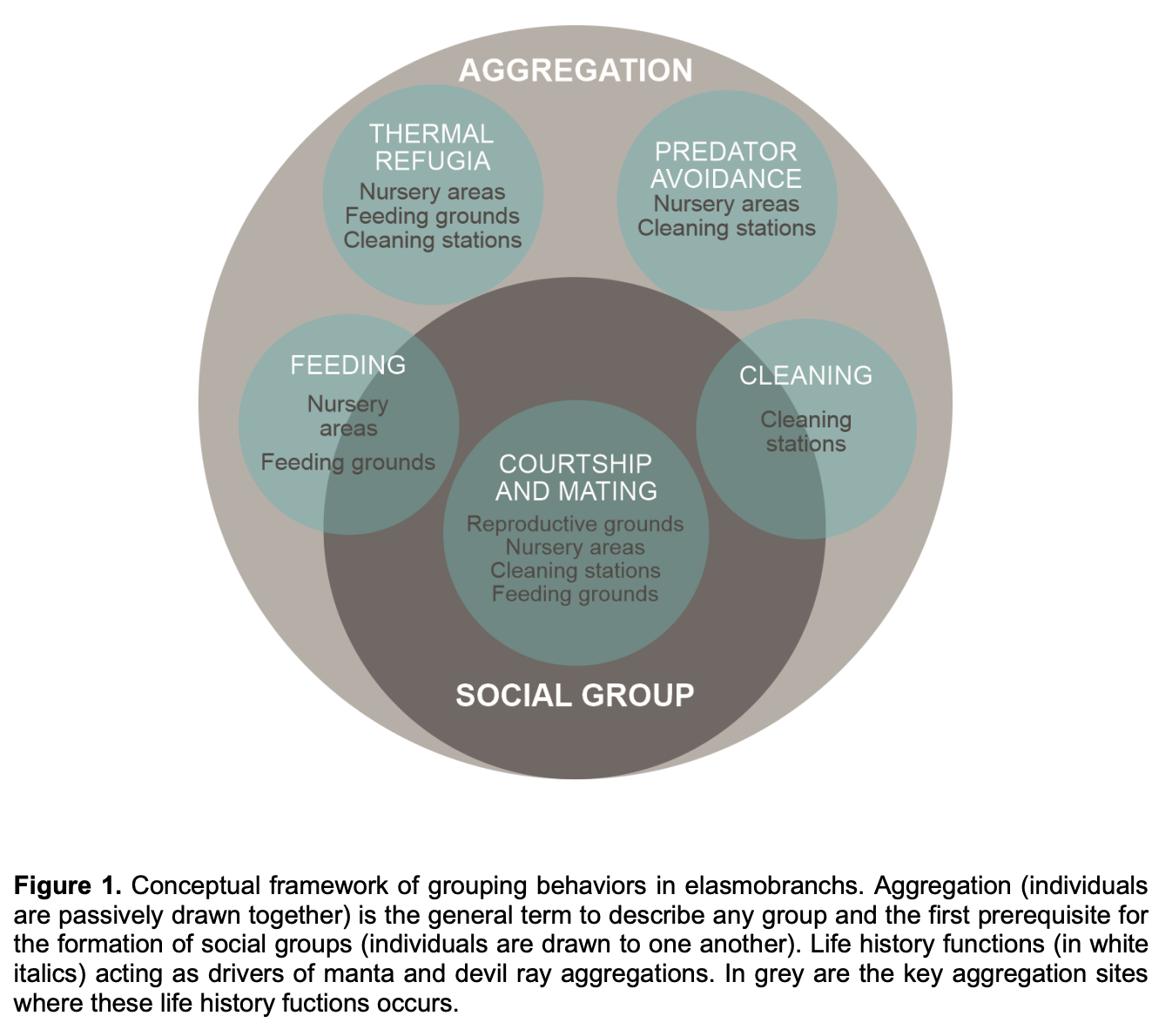
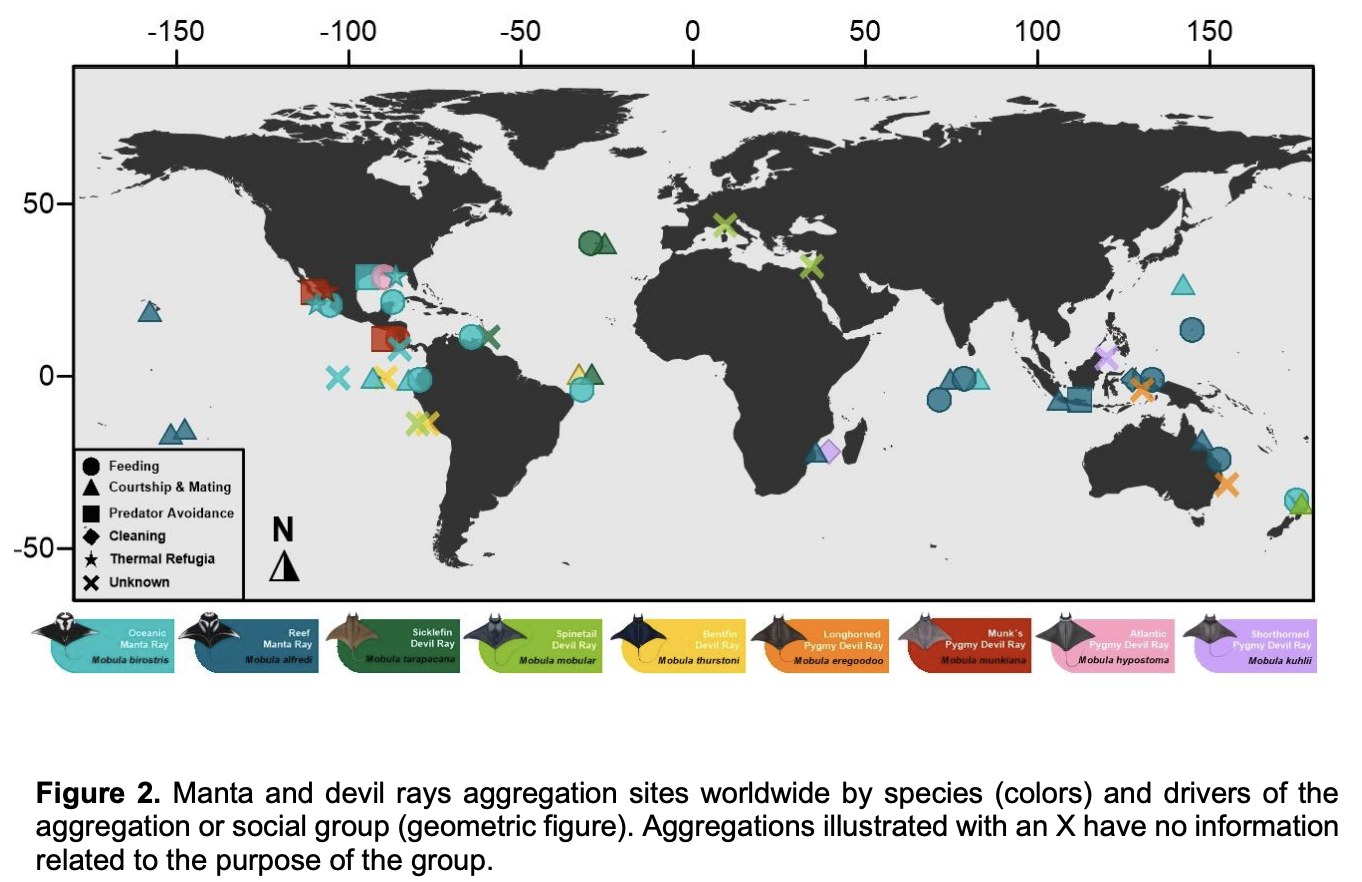
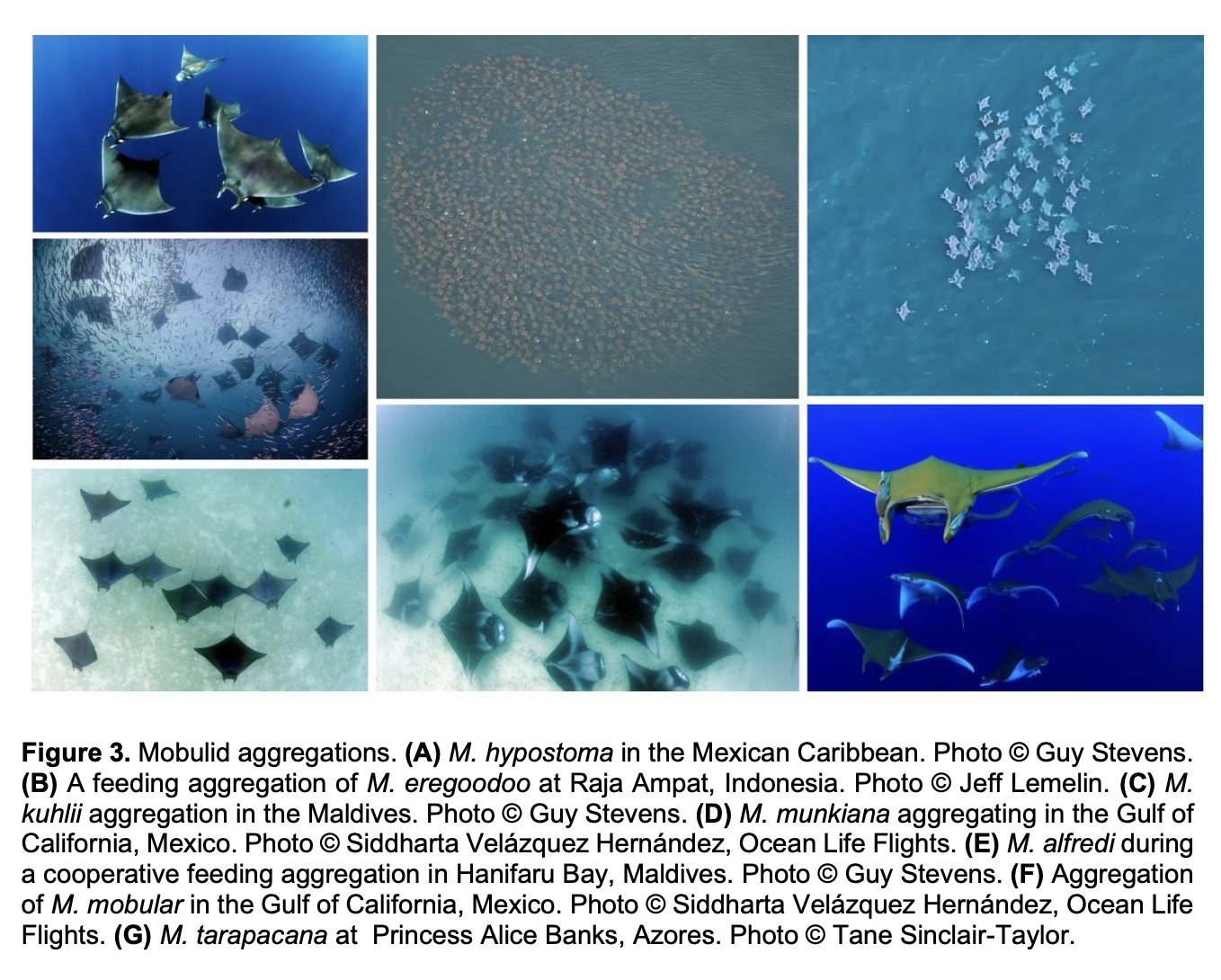
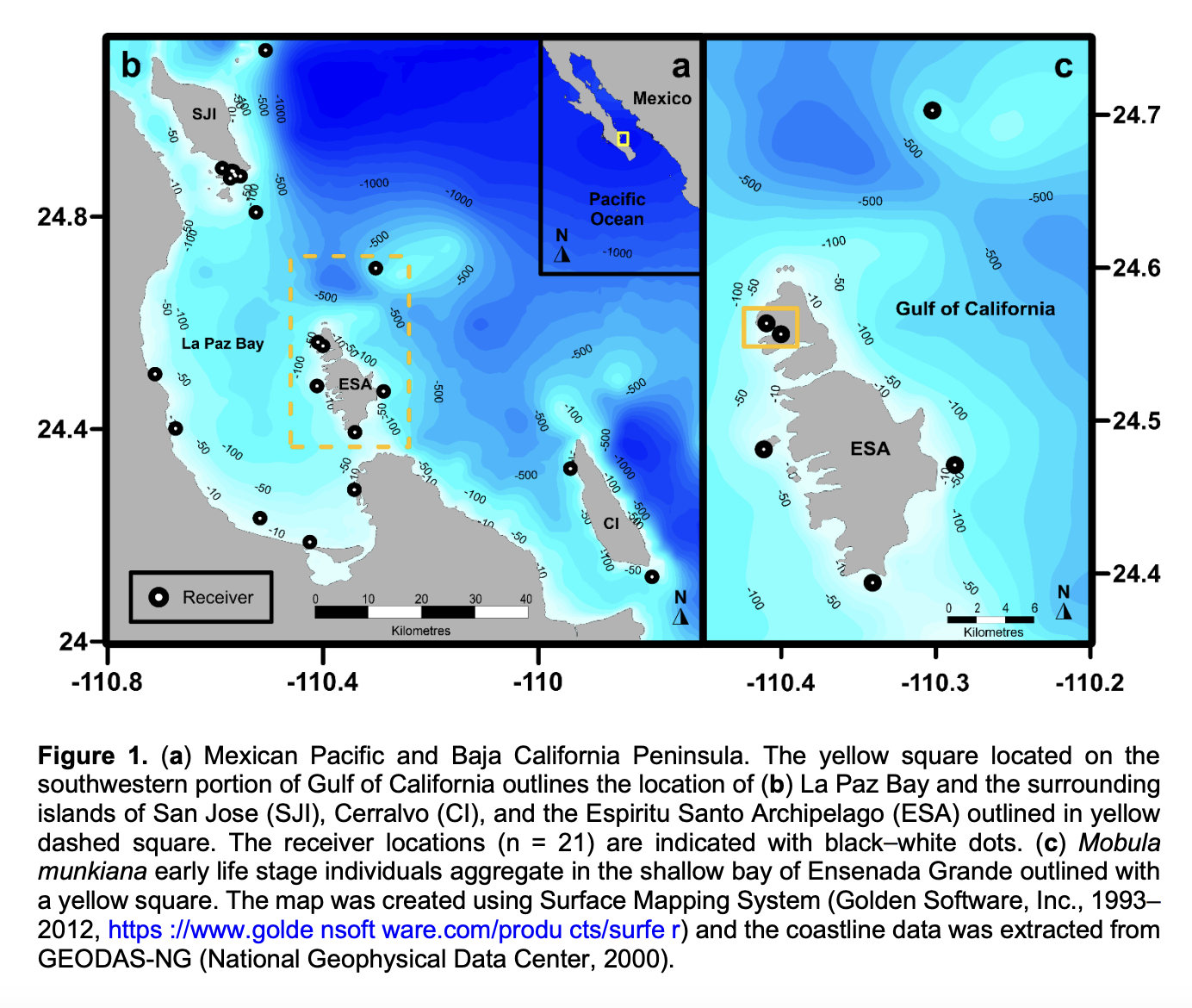
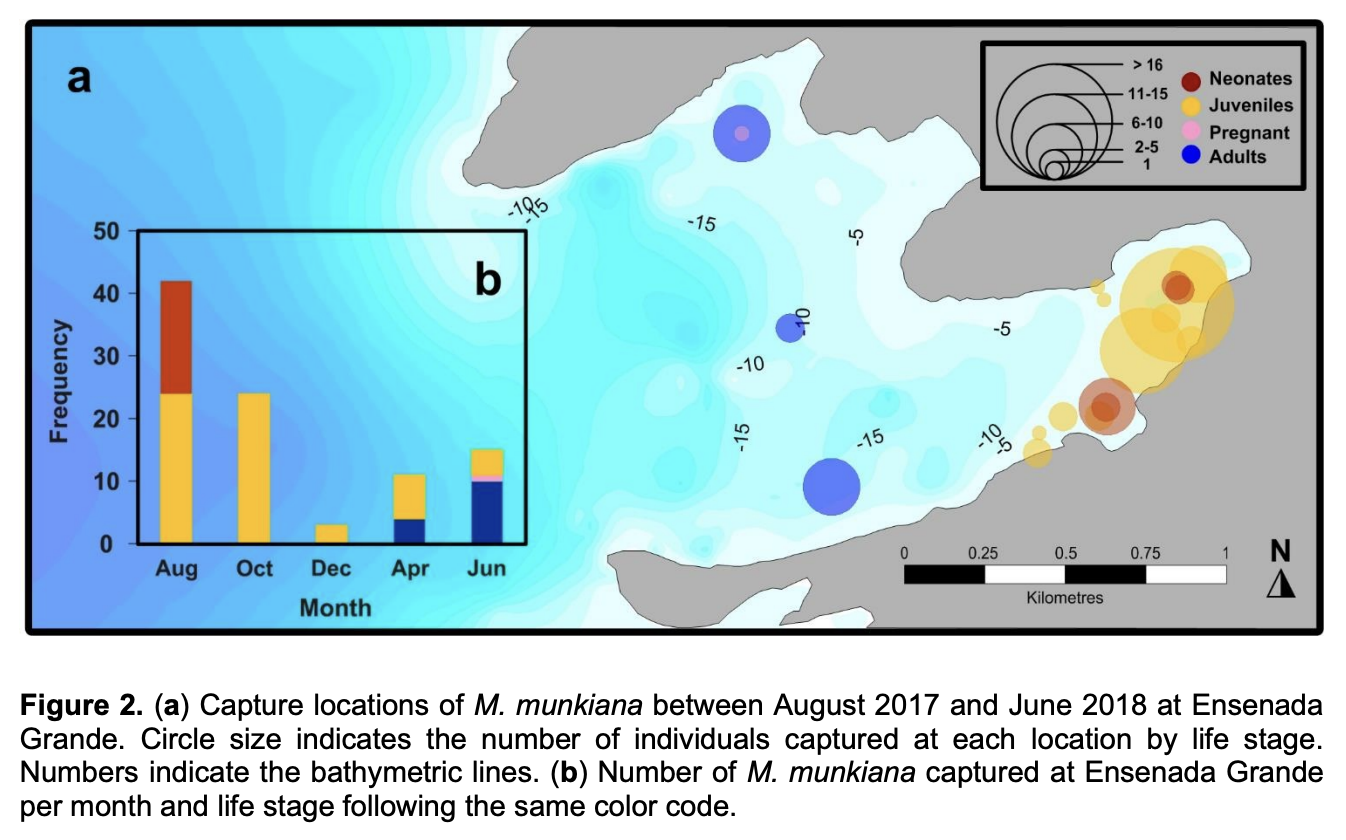
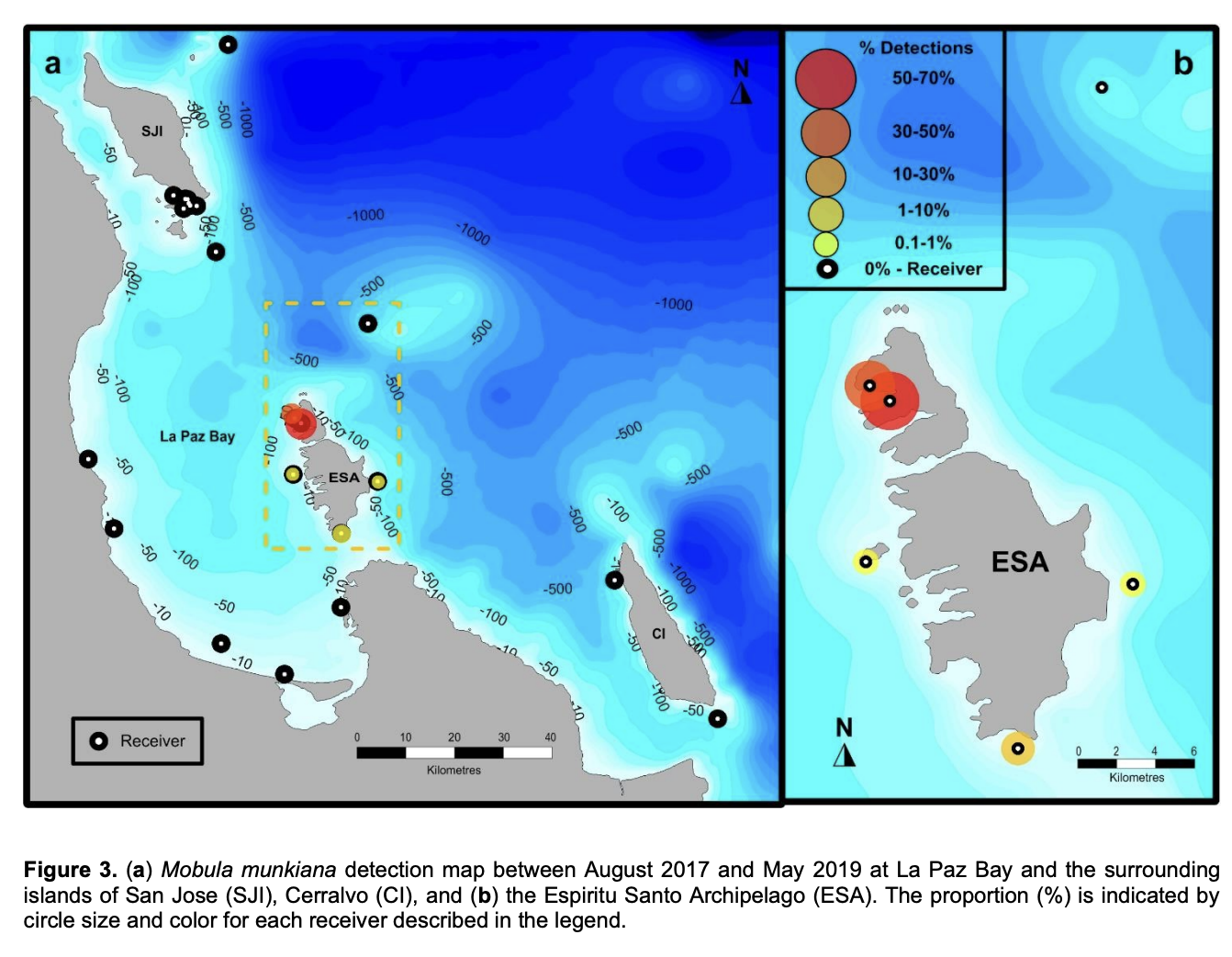
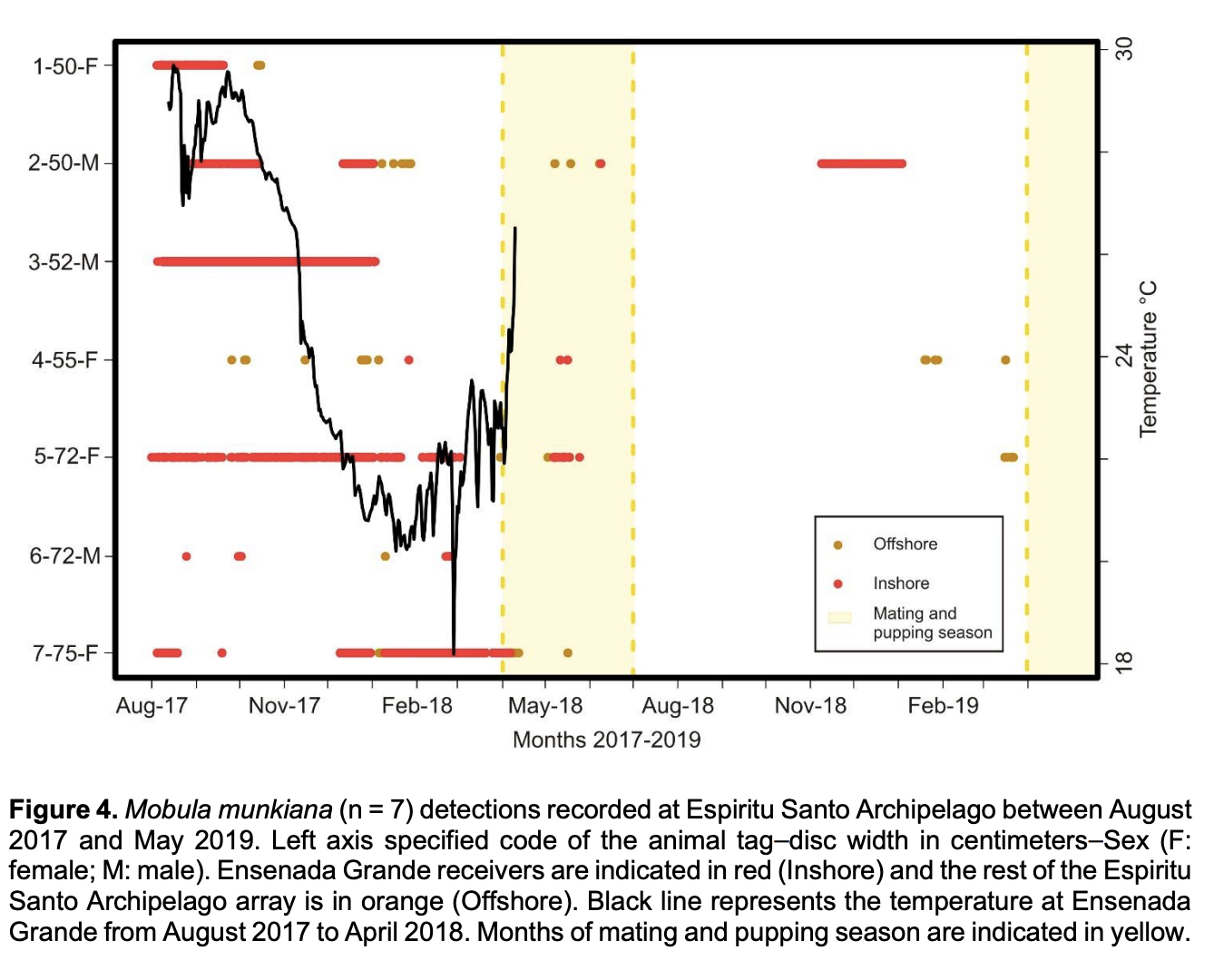
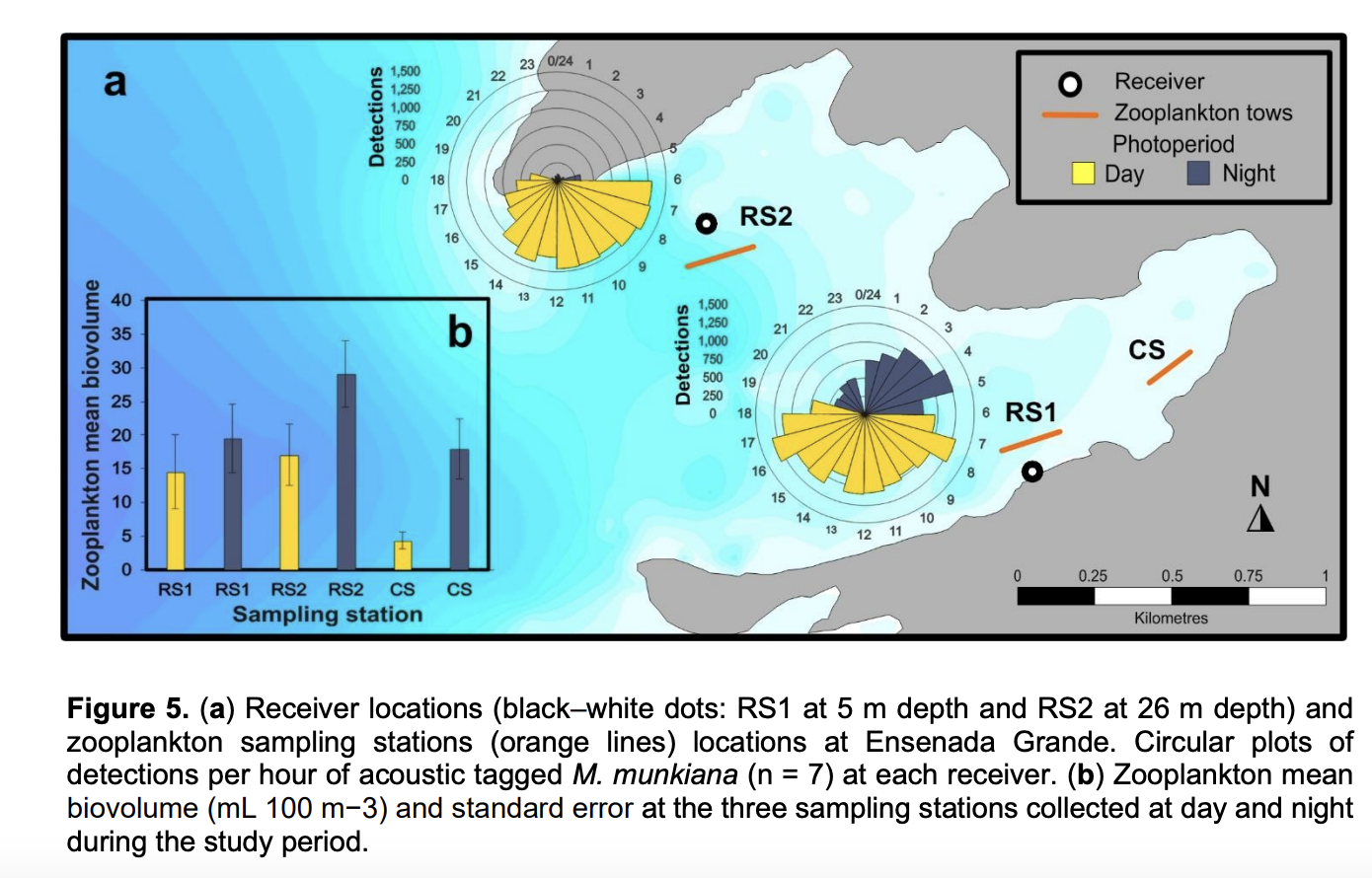
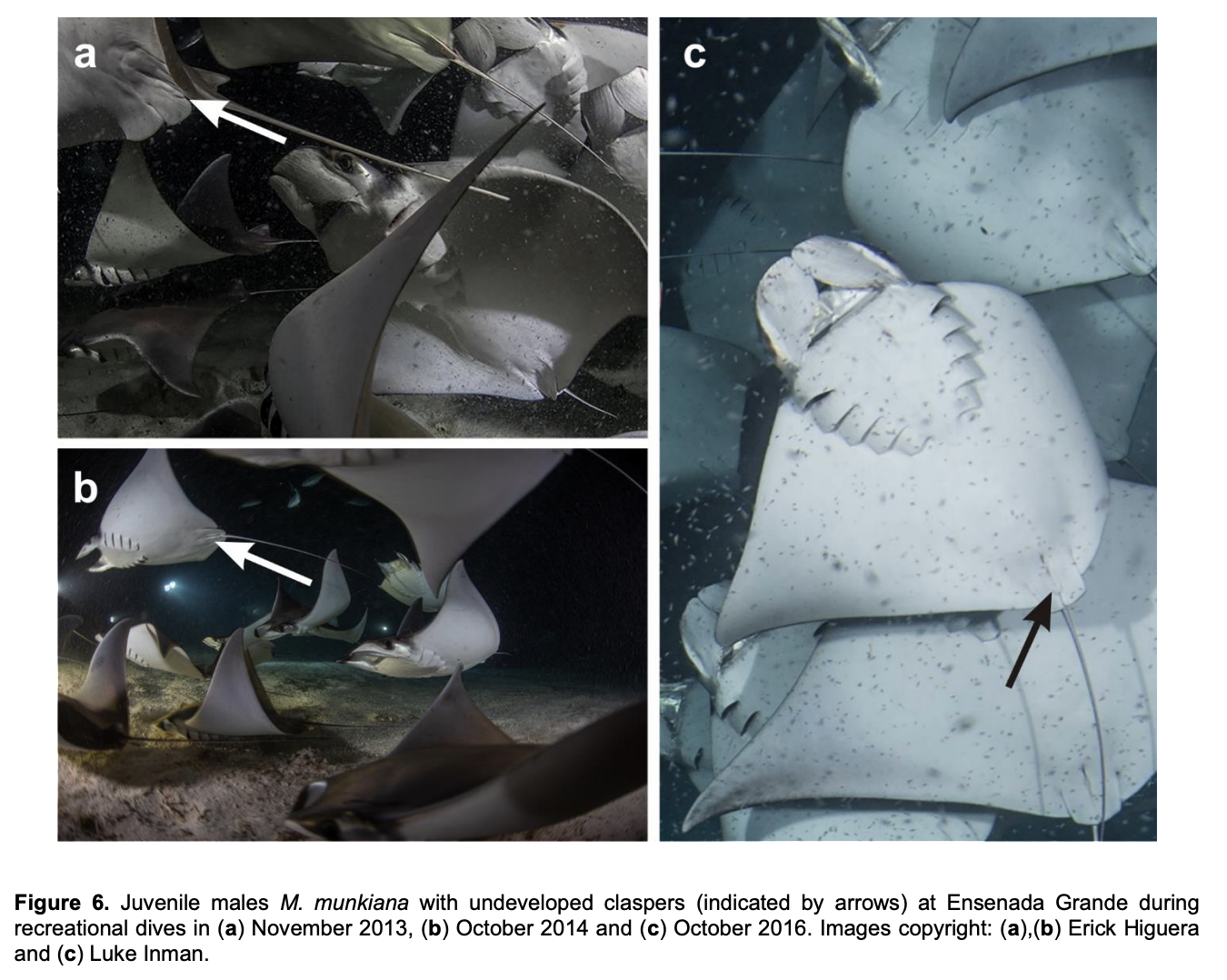
Summary: Manta and devil rays face numerous threats including exploitation and habitat degradation due to their aggregative behaviour. Research on aggregation sites and drivers remains unclear, hindering effective conservation. This research conducted for this thesis identified a nursery area for Munk’s pygmy devil rays in Mexico, which is crucial for their conservation. It confirms the importance of shallow bays for neonate and juvenile stages. Reproductive behaviour of Mobula species in the Gulf of California was studied, revealing seasonal patterns and unique behaviours like "piggyback leaps." La Ventana and Ensenada de Muertos are highlighted as critical habitats for endangered devil ray species' reproductive behaviour.
Abstract
“Manta and devil rays (mobulids) are filter feeding elasmobranchs with extreme K-selective life histories found circumglobally from temperate to tropical waters. Their vulnerability to fisheries exploitation, bycatch, boat collisions, entanglement and unregulated tourism is exacerbated by their aggregative behavior. Studies have identified aggregation sites around the world for all nine mobulid species, with these groupings varying from a few individuals to thousands. However, the terminology used to define these aggregations and the drivers underpinning them remain unclear, hindering the development of effective management and conservation strategies. Here, we analyze aggregation behavior for mobulid species, providing consistent definitions for grouping events and summarizing the existing research on drivers and environmental factors triggering these events. We find that aggregation behaviors facilitate key life history functions in mobulids, including feeding, courtship and mating, predation avoidance, cleaning, and thermoregulation. Conservation threats and management mitigation opportunities associated with aggregations sites include fisheries, tourism, spatial protection, and climate change. Finally, we highlight knowledge gaps for future research prioritization and developments in the field for the identification of aggregation sites, the study of aggregation size and demographics and the functions and timing of aggregations. On the other hand, Munk’s pygmy devil rays (Mobula munkiana) are medium-size, zooplanktivorous filter feeding, elasmobranchs characterized by aggregative behavior, low fecundity and delayed reproduction. These traits make them susceptible to targeted and by-catch fisheries and are listed as Vulnerable on the IUCN Red List. Multiple studies have examined fisheries impacts, but nursery areas or foraging neonate and juvenile concentrations have not been examined. This study describes the first nursery area for M. munkiana at Espiritu Santo Archipelago, Mexico. We examined spatial use of a shallow bay during 22 consecutive months in relation to environmental patterns using traditional tagging (n = 95) and acoustic telemetry (n = 7). Neonates and juveniles comprised 84% of tagged individuals and their residency index was significantly greater inside than outside the bay; spending a maximum of 145 consecutive days within the bay. Observations of near-term pregnant females, mating behavior, and neonates indicate an April to June pupping period. Anecdotal photograph review indicated that the nursery area is used by neonates and juveniles across years. These findings confirm, for the first time, the existence of nursery areas for Munk’s pygmy devil rays and the potential importance of shallow bays during early life stages for the conservation of this species. Finally, we examined the reproductive behavior (courtship and mating) and its seasonality in three Mobula species, spinetail, bentfin, and Munk’s devil rays (M. mobular, M. thurstoni, and M. munkiana) in the southwestern Gulf of California, Mexico, using boat surveys (with drone and in–water observations) (n=69 survey days), spotter planes (n= 428 flights) and citizen science observations (n=31). We examined whether (1) reproductive grounds existed within the area for any of these species, (2) whether reproductive behavior followed seasonal patterns, and (3) if this behavior was similar among all mobula rays. We observed reproductive behavior in 221 events in 2017 and 2021– 2022, for M. mobular (n=10), M. thurstoni (n=3), and M. munkiana (n=208) dispersed along 312 km of the eastern Baja California Peninsula between 4 m to 6.3 km away from the coast. Most events (n=209) occurred in the La Ventana and Ensenada de Muertos areas. Courtship was observed for M. mobular and M. thurstoni and a copulation attempt for M. munkiana, with reproductive behavior following a seasonal pattern occurring from March to August, with a peak during May (81.9 % of the events). Mobula munkiana displayed previously undescribed behaviors, such as the “piggyback leaps” as a precopulatory position and the “courtship vortex”, where 122 individuals were observed circling in a clockwise direction for five hours with courtship groups joining and leaving the main vortex formation. This study highlights the areas of La Ventana and Ensenada de Muertos as critical habitats for reproductive behavior of two endangered and one vulnerable devil ray species.”
About The Author - Dr. Marta D. Palacios
Marta is a Spanish marine biologist and co-founder of Mobula Conservation, a research organisation committed to the study and conservation of mobulids in the Eastern Tropical Pacific. Currently she works as a Research Assistant for the Important Shark and Rays Areas (ISRA) project, and has been collaborating with The Manta Trust since 2016.
She earned her B.S. in Biological Sciences from the University of Madrid and La Laguna University in the Canary Islands, Spain. For her master's and Ph.D. research at CICIMAR, Mexico, in collaboration with the University of California, Marta employed a multifaceted approach, utilising acoustic telemetry, stable isotopes, photogrammetry, traditional tagging, and citizen science data to investigate the ecology and fisheries vulnerability of Munk's devil ray in the Mexican Pacific. During her doctorate she collaborated with several stakeholders leading to the creation of several management plans and codes of conduct for mobulids in Mexico and the identification of critical habitats for these species. She has broad field training, researching, and collaborating with international organisations in Brazil, Indonesia, New Zealand, and Ecuador. Marta has received several grants to support her work and education from international organisations such as The Explorers Club and The Walter Munk Foundation for the Oceans.


